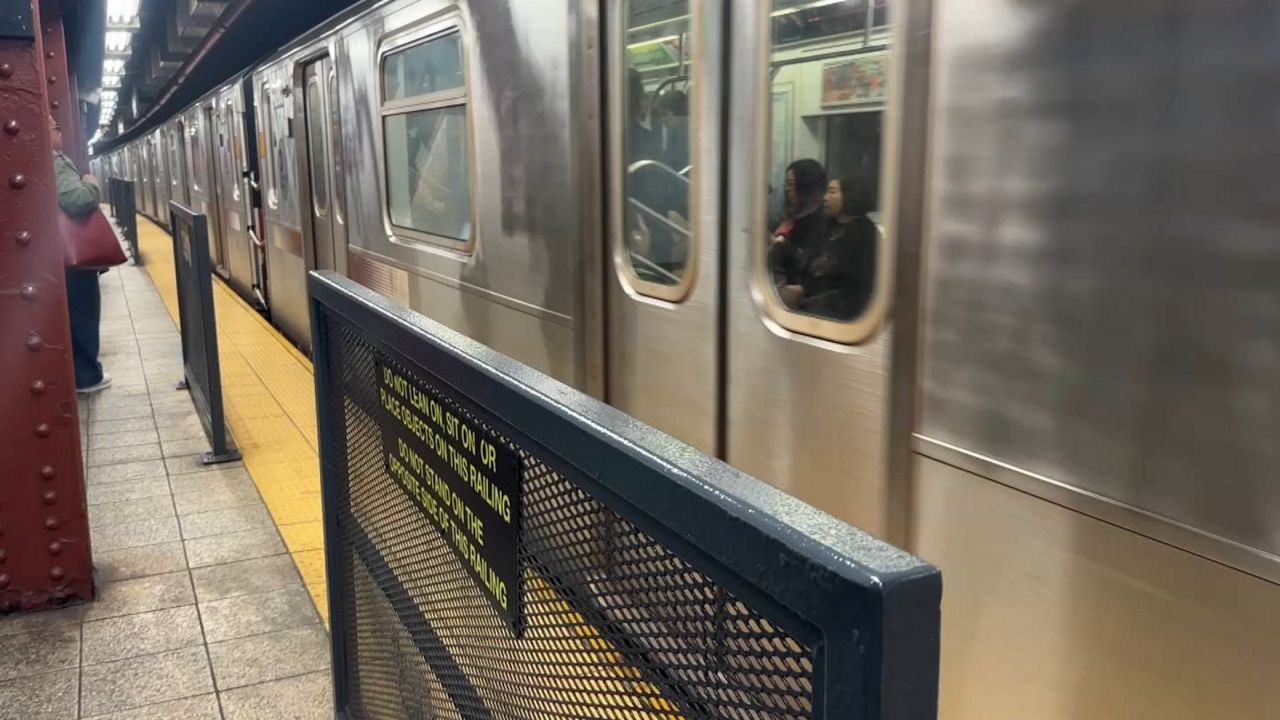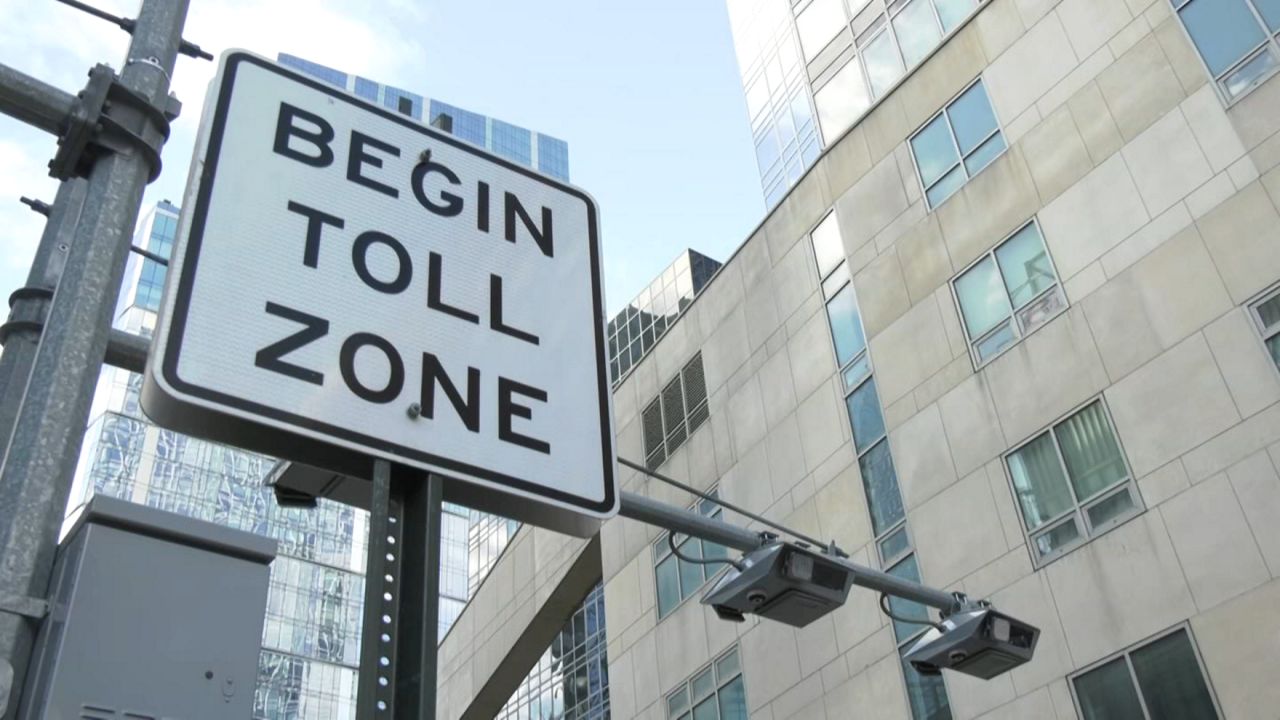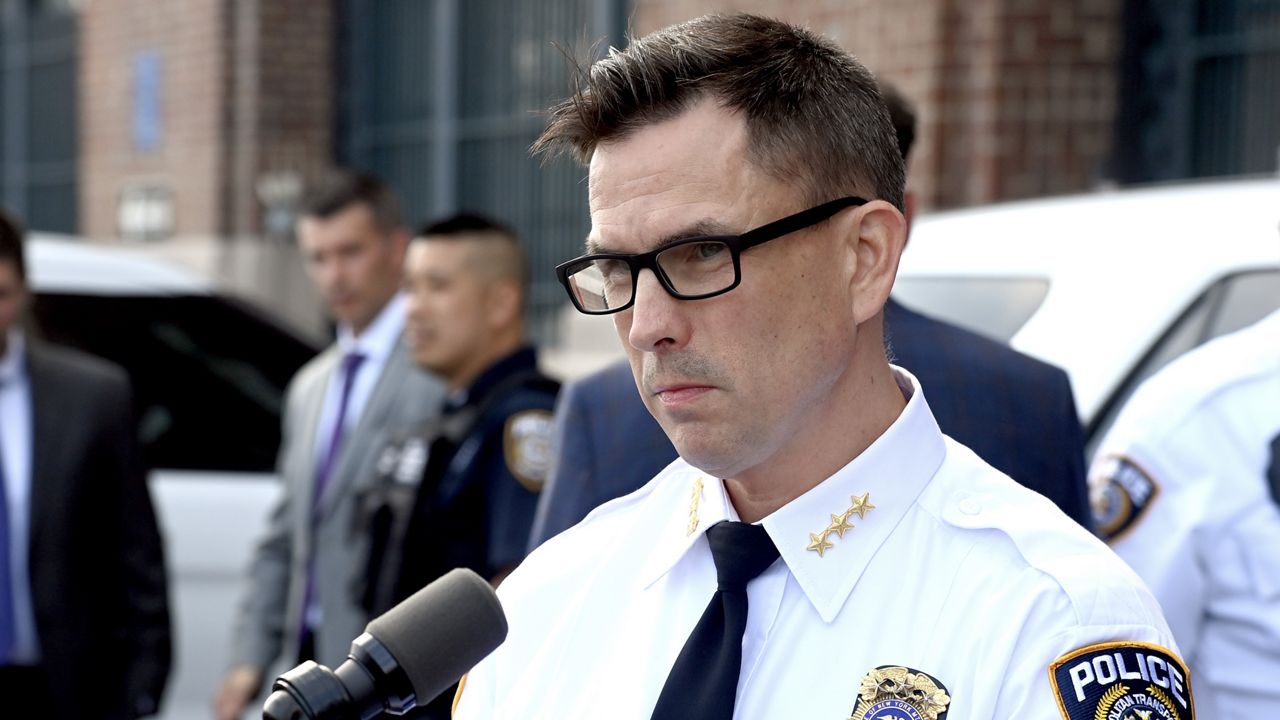The MTA is looking to Albany to fund about $33 billion of its $68 billion 2025 to 2029 capital plan, but there is no source for that money yet.
After the start of congestion pricing, lawmakers outside the city may be wondering why the MTA needs more money. The benefits, however, are clear to bus, commuter rail, and especially subway users who see the effects of deferred maintenance from more than 40-year-old subway cars and signals and power components that date back to FDR.
A new report from the Partnership for New York City and EY highlights the economic benefits, and not just to New York City, but the rest of the state as well, when the MTA spends all that money.
“That’s the message of this plan: we spend $68 billion to realize $106 billion in return for New York City and State,” Partnership for New York City President and CEO Kathy Wylde said. “So it’s a boon to the construction industry, the manufacturing industry and a whole ripple effect throughout our economy. So that’s the message of this plan.”
The report cites 72,700 jobs throughout the state. New York City will capture much of the economic impact at $78 billion, but Long Island will see $14.2 billion in economic activity and the Hudson Valley $12 billion. Outside the MTA region, the impact is about $1.8 billion, but a functioning transit system itself is important to economic output.
“We were gratified, not surprised, to see the results of that report,” MTA board member Dan Garodnick said. “Because we all understand in our gut that a well-functioning MTA mass transit system that operates 365 days a year, 24 hours a day, is the lifeblood of our city and region’s economy.”
The capital plan, which is required by law every five years, will bring elevators to at least 60 more subway stations, repair elevated train structures that date back to Teddy Roosevelt’s presidency and buy new rail cars, among other important upgrades. But it was already rejected by the state’s legislative leaders.
Partnership for New York City put out a report on the last plan, which was fully funded. Wylde says they hope this report helps in the same way.
“That’s an educational thing we have to do, is convince the legislature that everyone throughout the state is getting some benefit from the MTA plan,” Wylde said. “It’s not just the folks that ride the commuter rail, the subways and the buses.”
It’s not uncommon for capital plans to be scaled back, and this one may succumb to cuts during budget negotiations. MTA Chair and CEO Janno Lieber will make his case in a budget hearing in Albany Feb. 6.








_Dnt_MTA_Fare_Gates_Clean)
_LLV_Dnt_Super_Speeders_Bill_Clean_134073220_675)

